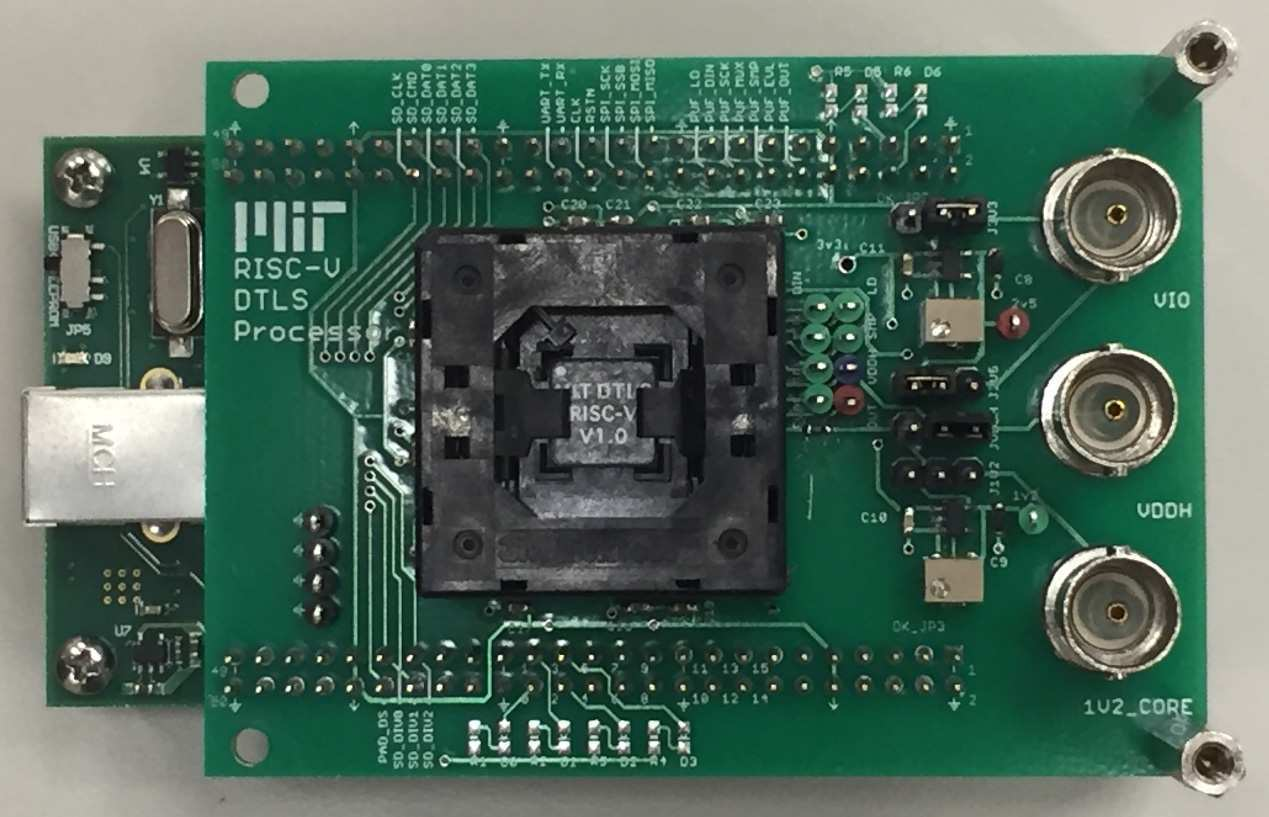Originally posted by discordian
View Post
I was asking about what exactly is a RISC-uop. You know, giving me actual checkpoints I can verify myself and see what exactly makes an uop "RISC". It must have something to do with "reduced" though, since it's the first letter in the acronym, after all. Saying "separate load/store uops" is not RISC because I fail to see how that has anything to do with anything being "reduced" when it, in fact, adds new upos / instructions.
Because you see, the core is not RISC. It's RISC cores that are often more CISC-like than the actual ISA (due to fuse and other optimizations). It's not x86 that has a RISC core, it's modern RISC CPUs that have a CISC core, to be able to compete.
Originally posted by discordian
View Post
CISC = complex, specialized instructions. AES instructions, CRC32, PDEP, PEXT, POPCNT, etc all of these are complex, specialized instructions in x86 CPUs (and many, many others).
RISC = reduced amount of instructions, typically implementing basic stuff only, because everything else can be implemented in terms of these reduced instructions.
RISC cannot have those type of complex instructions, period.
Originally posted by discordian
View Post
On the contrary to what you stated, 3-register operands complicates the CPU core, because you need more wiring. It simplifies the compiled code (or ISA), not the core.
Originally posted by discordian
View Post
Why don't you just redefine RISC as "electrical component that does processing" and then guess what? Everything is RISC!



Comment